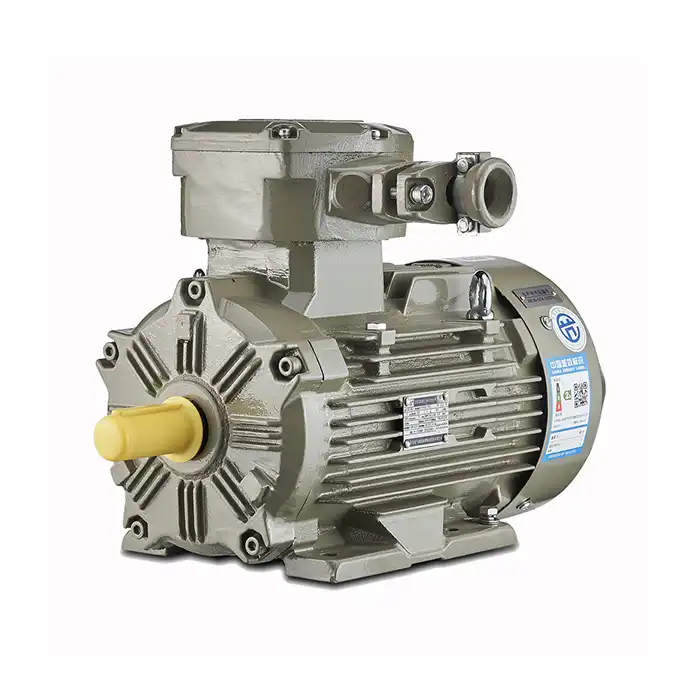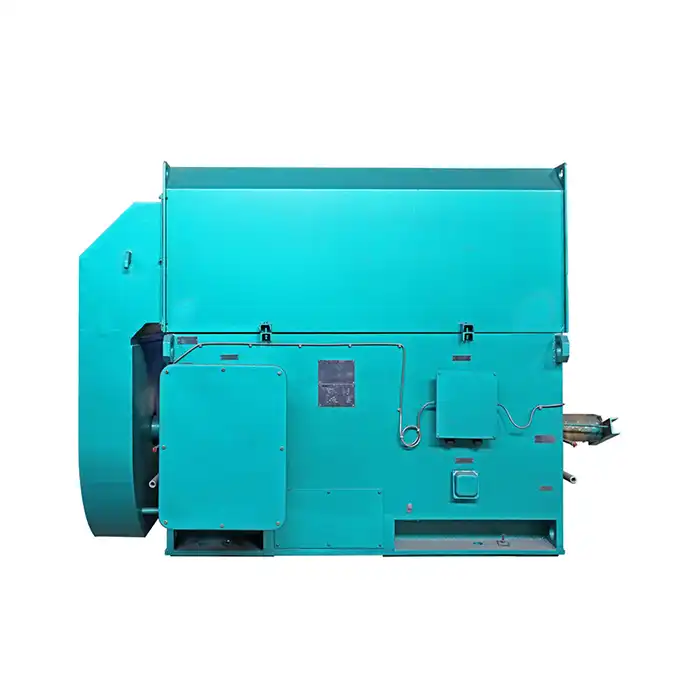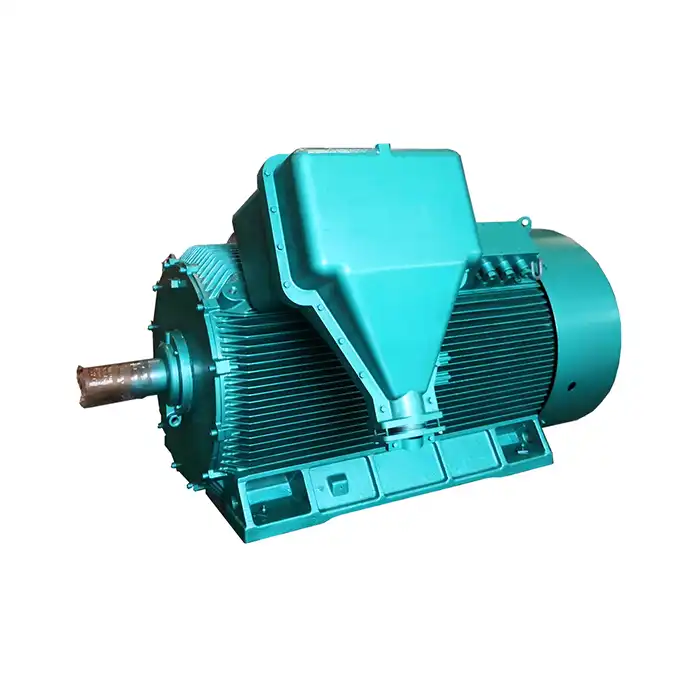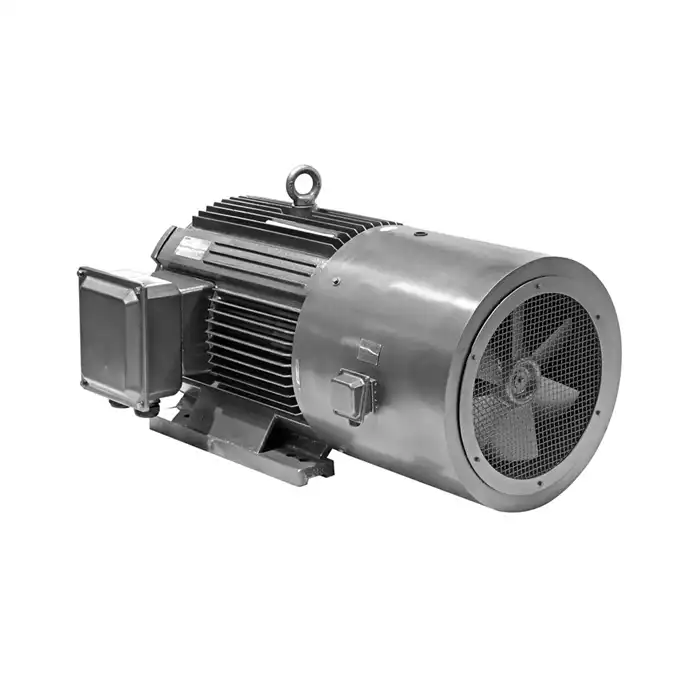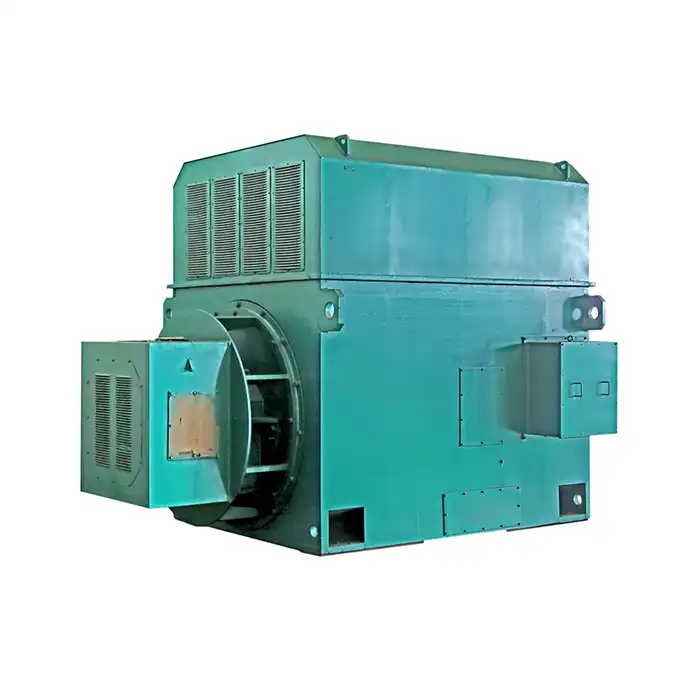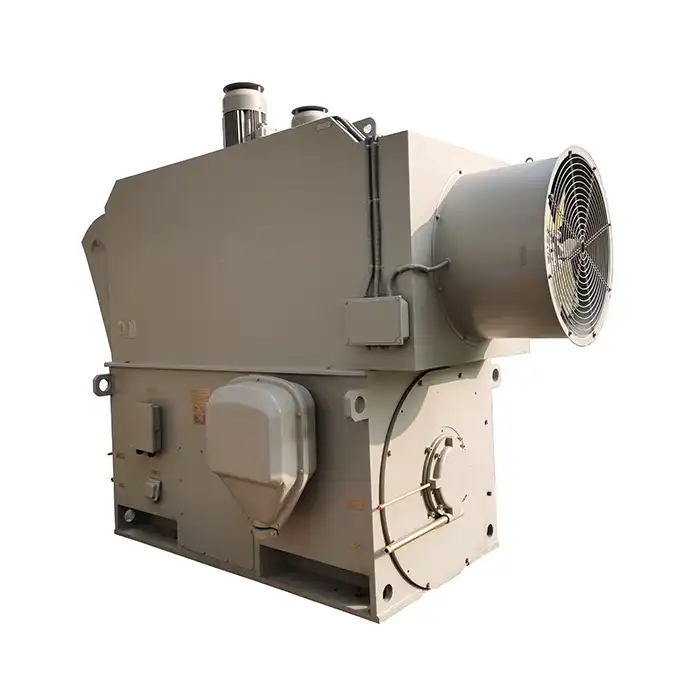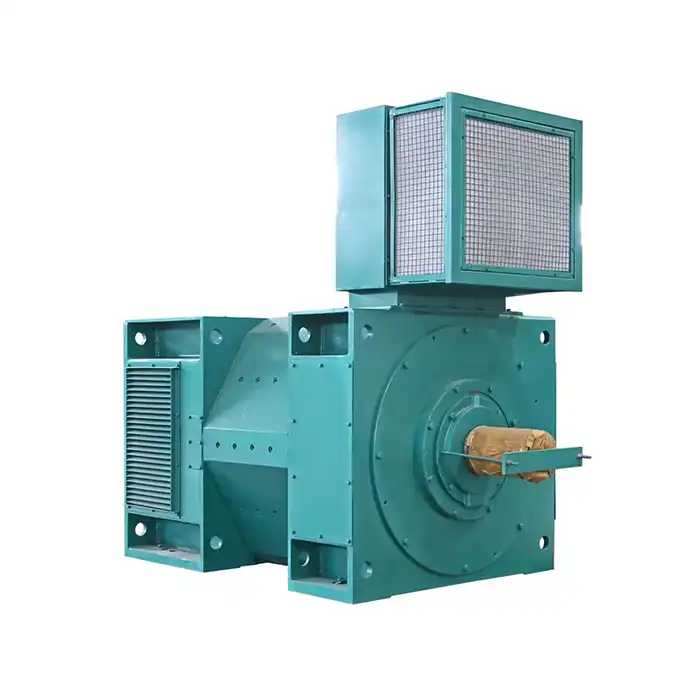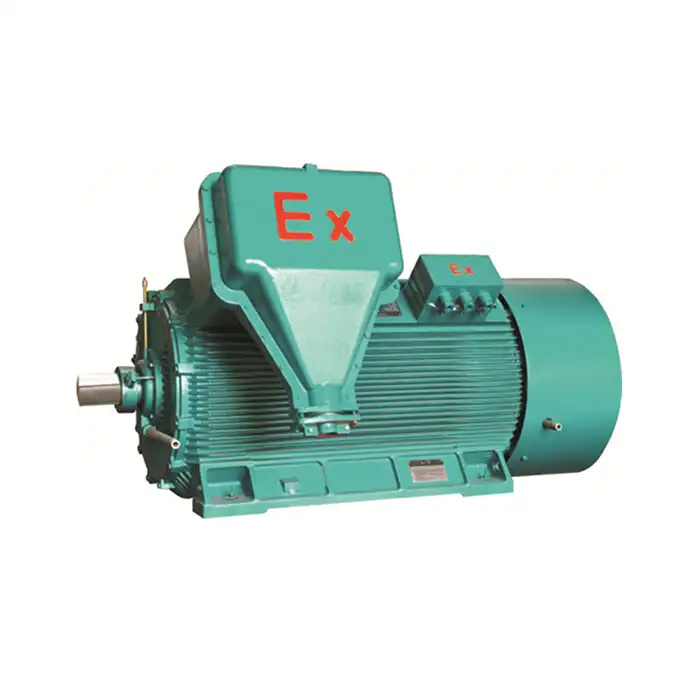Can All XP Motors Operate Safely with Variable Frequency Drives?
The short answer is no. Not all explosion proof (XP) motors are inherently designed to operate safely when paired with Variable Frequency Drives (VFDs). The integration of VFDs introduces electrical and thermal challenges that may compromise the safety certifications of XP motors. Therefore, careful evaluation and proper configuration are essential before combining the two.
Factors Affecting VFD Compatibility
Several factors influence whether an XP motor can operate safely with a VFD:
Insulation System: The motor's insulation must withstand the high-frequency voltage spikes produced by VFDs.
Cooling System: VFD operation can affect motor cooling, particularly at low speeds.
Bearing Design: Standard bearings may be susceptible to electrical damage from VFD-induced currents.
Voltage Rating: The motor's voltage rating must be appropriate for VFD operation.
Selecting VFD-Compatible XP Motors
When selecting an explosion proof AC motor for use with a VFD, look for these features:
VFD-rated insulation systems
Reinforced bearing insulation
Enhanced cooling designs for low-speed operation
Certifications specifically for VFD use in hazardous locations
Mitigating Bearing Currents in VFD-Controlled Explosion Proof Motors
Bearing currents are a significant concern when using VFDs with explosion proof motors. These unwanted electrical discharges can travel through the motor bearings, leading to premature bearing failure. Over time, this degradation may result in increased maintenance costs and could potentially compromise the motor’s safety features and explosion-proof integrity.
Sources of Bearing Currents
VFD-induced bearing currents primarily come from:
Common mode voltage
Capacitive coupling between stator and rotor
High-frequency ground currents
Strategies for Reducing Bearing Currents
To mitigate bearing currents in VFD-controlled explosion proof AC motors, consider these approaches:
Use of insulated bearings
Installation of shaft grounding rings
Implementation of common mode filters
Proper cable selection and grounding practices
Thermal Management Challenges When Pairing VFDs with XP Motors
Thermal management is critical when using VFDs with explosion proof motors. If not properly controlled, heat buildup can become excessive, leading to overheating issues. This not only reduces motor efficiency and lifespan but can also potentially compromise the motor’s explosion-proof integrity, posing safety risks in hazardous industrial environments.
VFD-Induced Thermal Issues
VFD operation can cause thermal challenges in XP motors due to:
Increased harmonics and losses: VFDs generate harmonic currents that increase electrical losses in XP motors, causing additional heat and reducing overall motor efficiency.
Reduced cooling at low speeds: When operating at low speeds, the motor’s built-in cooling fan slows down, resulting in insufficient airflow and inadequate heat dissipation.
Non-sinusoidal current waveforms: VFD output produces non-sinusoidal currents that create uneven heating in motor windings, potentially leading to hotspots and thermal stress inside the motor.
Thermal Management Solutions
To address thermal management challenges in VFD-controlled explosion proof AC motors, consider:
Selecting motors with enhanced cooling designs
Using external cooling systems for low-speed operation
Implementing thermal protection devices
Proper sizing and selection of both motor and VFD
Importance of Proper Sizing
Correct sizing of both the motor and VFD is crucial for effective thermal management and overall system efficiency. When components are either oversized or undersized, they can introduce operational inefficiencies, increase energy consumption, and potentially lead to dangerous overheating conditions. These thermal issues may not only affect performance but also reduce the lifespan of critical equipment. To avoid such risks and ensure optimal operation, it’s essential to consult with experienced professionals who can evaluate your system requirements and recommend the appropriate motor and VFD sizes for your specific application needs.
Conclusion
The use of Variable Frequency Drives (VFDs) with explosion proof AC motors in chemical processing applications presents a number of unique challenges that must be carefully addressed. These challenges stem from the need to maintain the motor’s safety features while ensuring optimal performance and reliability. By thoroughly understanding these challenges and implementing appropriate engineering solutions and best practices, it becomes possible to safely and efficiently operate VFD-controlled explosion proof motors within hazardous environments, ultimately enhancing process control and protecting personnel and equipment from potential risks.
For companies operating in industrial automation, HVAC and refrigeration, energy, utilities, or any other sector that demands reliable explosion-proof motor solutions, partnering with experienced and knowledgeable providers is absolutely essential. Shaanxi Qihe Xicheng Electromechanical Equipment Co., Ltd. stands out in this field, offering tailored power equipment solutions that meet the specific needs of demanding environments. Their motors are designed to deliver high efficiency and low energy consumption, ensuring stable and dependable power even under the most challenging operational conditions. Working with such a specialized supplier helps enhance safety, performance, and long-term reliability.
If you're looking for expert guidance on selecting and implementing explosion proof AC motors for your VFD applications, we're here to help. Our team is committed to providing top-quality power equipment and solving technical issues promptly. For more information or to discuss your specific needs, please contact us at xcmotors@163.com.
References
1. Smith, J. (2022). "VFD Compatibility with Explosion Proof Motors: A Comprehensive Guide". Journal of Industrial Safety, 45(3), 178-195.
2. Johnson, A. & Brown, T. (2021). "Thermal Management Strategies for VFD-Controlled Explosion Proof Motors". Chemical Engineering Technology, 33(2), 89-104.
3. Garcia, M. et al. (2023). "Mitigating Bearing Currents in Hazardous Location Motor Applications". IEEE Transactions on Industry Applications, 59(4), 3421-3435.
4. Wilson, R. (2022). "Selection Criteria for VFD-Compatible Explosion Proof Motors in Chemical Processing". Process Safety Progress, 41(1), 23-38.
5. Lee, S. & Park, H. (2021). "Advancements in Cooling Systems for Explosion Proof Motors in VFD Applications". International Journal of Electrical Machines and Drives, 9(2), 112-127.
6. Thompson, E. (2023). "Safety Considerations for VFD Use with Explosion Proof Motors in Hazardous Environments". Journal of Loss Prevention in the Process Industries, 75, 104-118.



